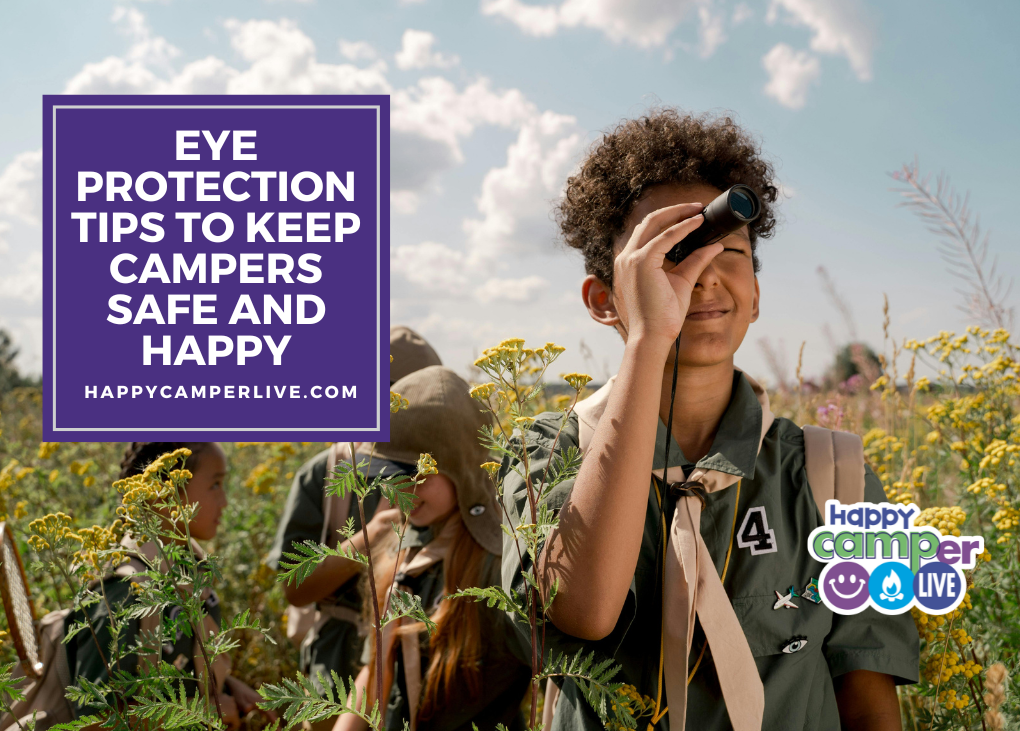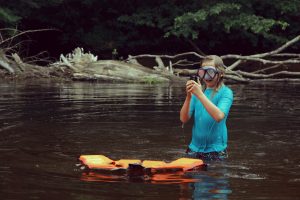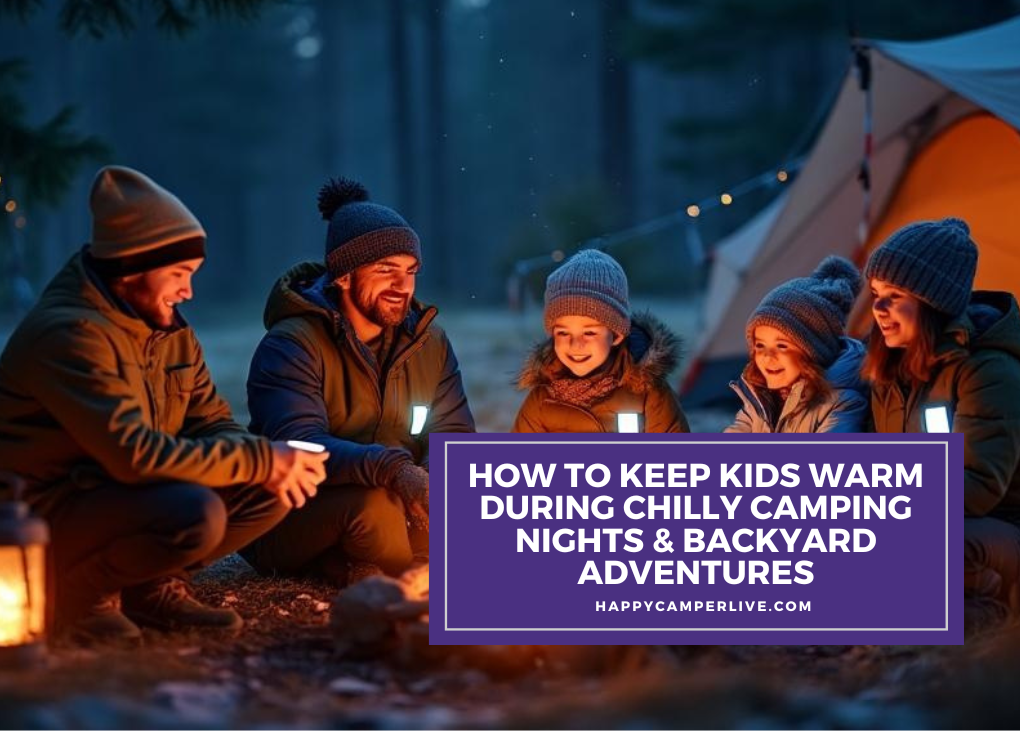
Activities
Eye Protection Tips to Keep Campers Safe and Happy
Written By: happycamperCamp is an excellent experience for kids as it’s a fun way to enrich their lives in these crucial developmental stages. Studies even note that 70% of parents report their child gaining more self-confidence at camp. That said, going to camp also exposes your child to a few risks. Thankfully, the benefit outweighs the risk if you prepare your child properly.
One of the most significant issues to watch for is an eye injury. According to reports from UAB, thousands of children get eye injuries that require medical attention every year. More outdoor activities increase this risk, with swimming being the biggest cause. This, among other elements coming into play, should be reason enough to take extra precautions. For your child to have a fun and memorable camp experience, you should impart a few safety tips (and pack extra gear) before sending them off.
Wear UV-protective sunglasses outdoors

What’s summer camp without those moments soaking up the sun and engaging in outdoor activities? Naturally, the most significant factor to consider here is the sun itself. UVA and UVB rays permeate the atmosphere and reach your child’s eyes even on overcast days. Just as it’s essential to wear sunscreen to protect the skin, it’s also best to have sunglasses with 100% UVA-UVB lens protection. Children’s eyes and skin are more sensitive to UV radiation, with the eyes of those under 18 allowing 70% more UV rays to enter the retina.
Proper eyewear should come with UV-protective coating even if you don’t splurge. You can get Diego or Mia models for kids from Foster Grant, which are just under $20 and have scratch- and impact-resistant lenses that offer complete UV protection. If your child wants something more unique and out there, they can get something like the RAWR*SOME or You Are Magic. Additionally, you may wish to take glare from the sun’s bright rays, which hit reflective surfaces (like bodies of water), into account. Plenty of models come with polarized lenses designed to reduce glare. Since it’s camp, you should also be mindful of dust and debris getting in the eye. Good frames and lenses should offer enough protection against these, but your child should also be mindful of their surroundings to be extra safe.
Be careful around the campfire

While campfires are an iconic part of any camping experience, you should warn your child to keep an ample distance between their face and the fire. While not touching the flame is obvious, they may also want to create enough distance to avoid getting smoke in their eyes and getting hit by kindling, ash, or other debris. On days that aren’t windy, you can sit about three to five feet away from the campfire. Otherwise, you want a clearance of around six feet or even more.
When roasting food, be mindful of the flames and avoid throwing anything flammable into the fire. Although camp counselors will likely be around to guide the kids, it’s best to remind them to resist the temptation to play with fire.
Always keep your hands clean

Touching and rubbing the eyes can already cause damage, but dirty hands can also increase the risk of infection. As much as you may want to warn your child off touching their face or eyes, especially in camp settings that expose them to grime and germs, the reality is that children touch their face a lot throughout the day. A study from the Journal of Exposure Science & Environmental Epidemiology revealed that children touch their eyes and nose more often than adults during non-eating activities, a significant number considering adults have 263 hand-to-face contacts every 30 minutes.
With this in mind, a good route is to prep them with the means to keep their hands clean as much as possible. The best method is still to wash hands thoroughly with soap and water, but you can pack some hygiene essentials to make it easier to keep up. Aside from individual soap for their use, you can also throw in some hand sanitizer or gentle alcohol.
Wear proper goggles when swimming

Swimming is one of the most popular summer activities for kids, with most Americans preferring natural bodies of water over pools. Campsites are perfect for this, but it also means wading in waters that may contain a lot of sediment and potentially algae and other bacteria. While camp signs usually indicate which areas are safe to swim in, you still need to protect a child’s sensitive eyes from infection and injury.
There are many variations of goggles, but those built explicitly for swimming should be watertight and made with durable lenses that won’t crack easily. They should also prevent fog build-up to maintain visual clarity when underwater. You can’t go wrong with Speedo Kids or EverSport Kids, which offer UV shields, tight seals, and anti-fog protection. Though kids generally shouldn’t swim in bodies of water that are too deep, it’s also worth noting that goggles will not be usable more than a few feet underwater. Water pressure will make them tighten around the face too much and increase injury risk, which is why diving masks are used for anything beyond 10 feet.
Bring a brimmed hat

A brimmed hat can provide personal shade for your child while camping, keeping them cool and preventing light from going directly on their eyes. You can choose from many different hat styles, but you generally want a brim extending at least three inches from the forehead. As for material, you should go for something breathable so your child doesn’t overheat during camp activities.
Sports retailer Lids launched a collection of snapback and bucket hats for children aged four to seven. These hats feature prints of the solar system, nature, and other kid-friendly concepts. The line aims to expand to include the same designs for adults so families can sport the same headwear. For your young camper, the Lids shooting star print bucket hat could be an excellent choice to keep their heads cool and their eyes safe throughout the summer.
Drink plenty of clean water

Hydration is crucial for your child’s well-being, including keeping their eyes well-lubricated. How much water is in your child’s system affects how much their eyes can prevent tearing and strain. While camps usually provide access to clean water, you can pack a durable water jug for your child to carry around. Hydro Flask has a kids’ line, which is lighter and easier to bring but still uses vacuum-insulated stainless steel to keep drinks cold, prevent leaks, and withstand a bit of a beating. It also comes with a spout to make drinking on the go more manageable.
If you prefer a plastic bottle, CamelBak Eddy+ has cute designs and comes in a dishwasher-safe plastic bottle with a spout. It’s durable and has a bite valve but it doesn’t offer insulation. On the flip side, it’s much lighter to carry around, smaller to hold, and easier to clean.
As long as your child adheres to these guidelines, they should have an enjoyable time at summer camp without putting their eyes at unnecessary risk.
Tagged:-
RELATED ARTICLES

Campers
How to Keep Kids Warm During Chilly Camping Nights & Backyard Adventures
Have your kids ever sat shivering through a cold camping night? It’s tough to enjoy the magic of the outdoors when they’re uncomfortable and struggling to stay warm. A successful family camping trip means keeping kids warm while still having fun. Crisp night air, drop in temperature, and moisture can make things difficult, but proper […]
Campers
Easy Camp Dress Up Ideas Kids Will Love Forever
Have you ever wondered how a simple costume can transform an ordinary summer camp day into an unforgettable adventure? Summer camp dress-up days are more than just playful moments – powerful catalysts for creativity, friendship, and personal growth that create lasting memories. Through carefully curated themes and collaborative activities, these magical experiences help break down […]
Read More...
Family activities
Simple Picnic Games For Kids
Planning a summer picnic with kids? Whether it’s at the park, the backyard, or a campsite, keeping little ones happy and active is the key to a great day. These simple picnic games require little or no setup, and they’re full of giggles, movement, and friendly competition. Sack Races (or Pillowcase Hop) Grab a […]
Read More...
Campers
Fun and Unique Summer Camp Souvenirs and Playful Camping Socks
Summer camp creates strong memories—full of adventure, shared laughs, and moments that stick long after the tents come down. Many campers want a way to relive those moments once they’re home. This guide covers practical and meaningful summer camp souvenirs and fun camping socks that bring a bit of camp comfort into daily life. Whether […]
Read More...
Campers
Best First Aid Supplies To Pack For Summer Camp
Safety is just as important as fun at summer camp. With dozens of kids sharing cabins, meals, and activities, having the right first aid and hygiene supplies is essential to keep everyone healthy, and at camp. Preparedness helps stop minor issues from becoming serious. Stocking camps with medical essentials and hygiene supplies reduces the risk […]
Read More...
HAPPY CAMPERS
Fun Ways for Kids to Practice Soccer Skills In Winter
Read More...
Apple-Picking Picnic: Perfect Recipes for Campers
Read More...
Make & Fly Kites
Read More...
5 After-School Activities For Kids To Do At Home
Read More...
categories
Activities (247)
Arts and crafts (77)
Camp stories (12)
Camp traditions (24)
Campers (101)
Cooking (42)
Education (6)
Family activities (87)
Featured camps (12)
Gift Guides (12)
Music (9)
Outdoor adventure (34)
Parents (64)
Podcast (25)
School (15)
Science (15)
Sports (32)
STEM (11)
Water sports (1)


